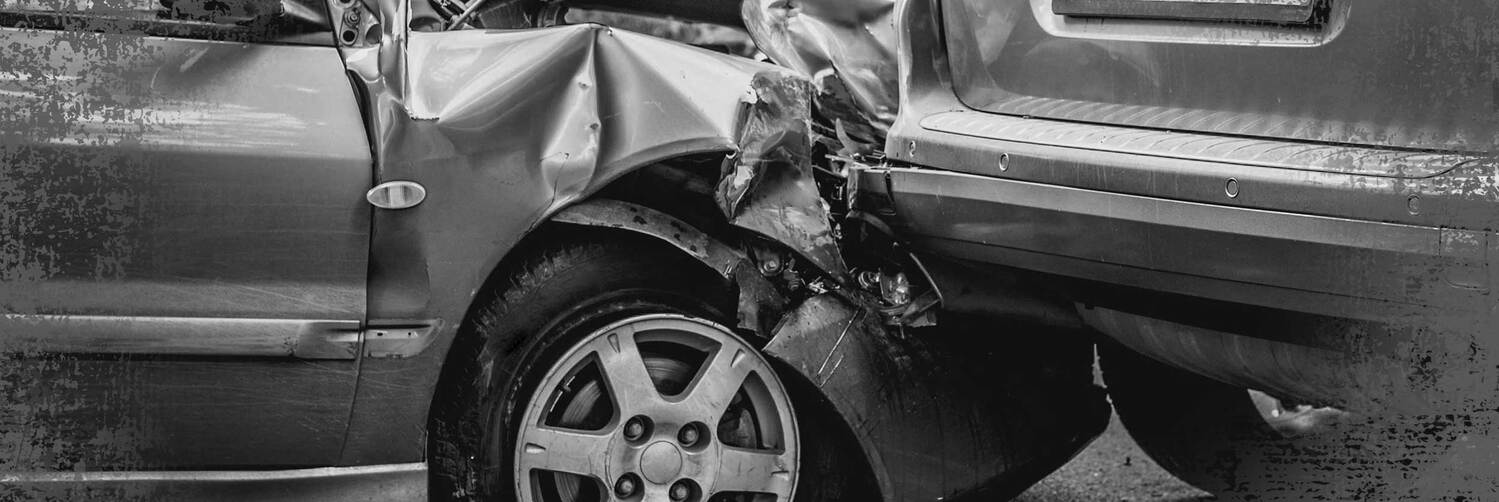- Call the police if somebody is injured or killed, if a vehicle can't be moved, or if the accident involved a hit-and-run driver. Your uninsured motorist coverage pays for a hit-and-run accident only if you report the accident to the police.
- Get the other driver's name, address, telephone number, license plate number, driver's license number, and insurance information. Give the other driver the same information about you. If the other driver refuses to give you their information, contact the police immediately.
- Record the insurance company name and the policy number exactly as shown on the other driver's proof-of-insurance card. Similar company names can cause confusion, so make sure you write down the correct company name.
- Get the names, addresses, and telephone numbers of any witnesses to the accident.
- Notify your insurance company as soon as possible. Your company probably has a 1-800 number to report claims. If not, call your agent. Some agents have authority to settle small claims. Also, give your agent or company the names and addresses of any witnesses and injured persons.
- If the other driver was to blame, his or her liability insurance will pay for a rental car.
- If the accident was hit-and-run or the other driver was uninsured and at fault, your UM/UIM property damage coverage will pay for a rental car.
- If your car was stolen and you have comprehensive insurance, your company will provide a set amount each day, up to your policy's limit, for a rental car.
- If your car is being fixed or replaced for some other reason, your insurance company won't provide a rental car unless you have rental reimbursement coverage.
- If your vehicle is unsafe of illegal to drive due to the accident, you are entitled to a replacement vehicle immediately upon being issued a claim number. Otherwise, the insurance company may want to contact the shop to insure parts are available before they begin paying for the rental.
A: No. There is no law requiring you to get more than one estimate and if you know what shop will be repairing your vehicle, it is not necessary to get an estimate from them either. The insurance company will write an estimate on your vehicle and the body shop will supplement the insurance company on any additional damage beyond their original repair estimate. With multiple estimates in hand, the paying party will likely pay for the repair based on the lowest estimate. The problem is that the consumer ends up with substandard repairs because of an incomplete estimate. For example Shop A writes an estimate including several operations necessary to restore your vehicle properly. These could range from an alignment check, paint blending to match the color of your paint to the rest of the vehicle, corrosion protection/rust-proofing, removal of body trim, aiming the headlamps, buffing the vehicle, etc. Shop B writes an estimate and omits the above operations from the estimate. The insurance company pays for the repairs based on the estimate from Shop B and the owner is left with a vehicle with substandard repairs and negative results often showing up months or years later.
Q: Will my vehicle be restored to pre-loss condition?
A: Reputable shops have the facilities, equipment and trained technicians required to restore your vehicle aesthetically and structurally equal to its' pre-accident condition.


